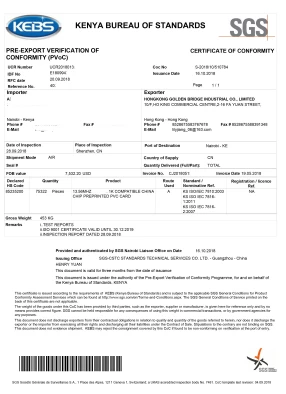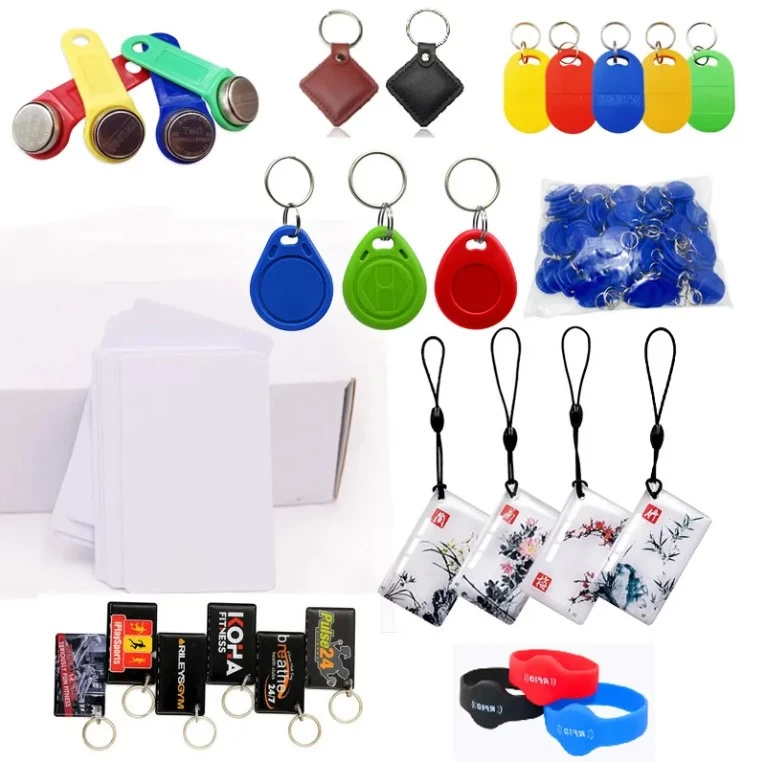Why use RFID clothing tags on designer clothes?
Among them, the clothing retailing industry was the main application of RFID. Over the past three or five years, RFID clothing tags used in retail clothing have been the most common. From Macy's to Decathlon, Uniqlo, Heilan, especially after the promotion and application of Uniqlo, the RFID technology retail application has been close to 90% in the last three years.

The status of RFID clothing tags
ZARA, the representative brand of the clothing retail sector, takes only 15 days from the design concept to the product sold, such high efficiency is inseparable from the support of RFID technology. With the wide application of RFID tags in uniqlo, hailan home, chapelle, decathlon and other clothing brands, RFID's popularity in the fashion label industry has become the trend of the times.

What are the advantages of RFID clothing tags?
1. Improve sorting efficiency
In the clothing sector, sorting is an important link in the logistics distribution system. Its direct human resources represent over 50% of the logistics distribution system. The collection times represent 30% to 40% of the entire delivery time. The cost of withdrawal transactions represents from 15% to 20% of the total distribution cost. The rational use of RFID technology can significantly reduce sorting time and reduce business costs.
2. Automatic management of raw materials
It encodes the purchased materials and attaches the RFID tag as a unique identification to carry out the automatic management of the purchase and storage of raw materials, extract the material from the warehouse, return the material to the warehouse and to the shipment, etc. By establishing material supply data files, material quality and price can be effectively controlled.
3. Control of commissioned processing
The ordered goods barcode is distributed to each OEM, in order to find the quality problem and investigate the original manufacturer's responsibility when accepting and selling the goods.
4. Improve inventory efficiency
Using RFID technology it is possible to accurately read all the data of the entire box of goods at once, the employee does not need to check the goods one by one. Portable RFID readers can also read 5-7 items at a time, greatly reducing inventory time.

The RFID application in the retail sector has reached a compound annual growth rate of 40% and the retail industry (in particular the apparel industry) will become the fastest growing sector of RFID applications. The global UHF RFID retail market in 2016 reached $ 1.07 billion. This figure will reach 3.8 billion dollars in 2020 and the market share will reach 21.85%. It can be seen that the popularity of RFID tags in the clothing industry is around the corner in the future.


























